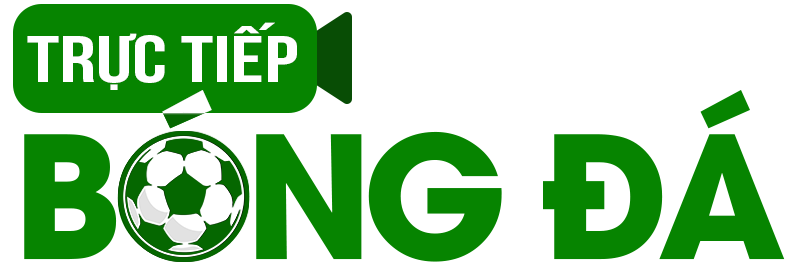I’m a bit surprised by a new study published today in the Journal Paediatrics. Called “The effect of observation on cranial computed tomography utilization for children after blunt head trauma”, this was a large multi-center study done in the US, to look at the need for CT scans after paediatric head trauma. What astonishes me is that apparently in the USA, up to 50% of children who present to Emergency Departments after a head injury (say, falling off a couch or high chair) receive a CT scan ! If that number is 10% here in Australia, I would be surprised. The researchers, in their conclusion, are stating what is already common practice over here :
“Only a small percentage of children with blunt head trauma really have something serious going on,” says Lise Nigrovic, MD, MPH, of Children’s Hospital Boston, who co-led the study with Nathan Kuppermann, MD, MPH, chair of the Department of Emergency Medicine at UC Davis. “If you can be watched in the ED for a few hours, you may not need a CT.”
That’s what’s being done in Australia. 4 hours observation from the time of injury, and if you’re fine after that, fine meaning conscious and alert and tolerating fluids, without red flags like seizures or vomiting or confusion, then children can go home with some head injury advice, and just take it easy for 24 hours.
The incidence of serious brain injury after paediatric head trauma is low :
Allowing for an observation period did not compromise safety, the study found: Clinically important traumatic brain injury — resulting in death, neurosurgical intervention, intubation for more than 24 hours or hospital admission for two nights or more — was equally uncommon in the observed and non-observed groups (0.75 vs. 0.87 percent).
We do know that a brain CT for a child will cause a brain tumour in about 1: 1000 cases in later life, so if they are scanning 50 kids to find one with major injury, that just seems like total overkill, I wonder if there are medico-legal reasons involved.
“CT isn’t bad if you really need, but you don’t want to use it in children who are at low risk for having a significant injury,” says Nigrovic. “For parents, this means spending a couple of extra hours in the ED in exchange for not getting a CT. It’s the children in the middle risk groups – those who don’t appear totally normal, but whose injury isn’t obviously severe — for whom observation can really help.”
In Australia, expect your child to be observed for a period of 4 hours from the time of injury, unless there is prolonged loss of consciousness, clinical signs of skull or base of skull fracture, seizures, neurological deficits or ongoing vomiting. It’s not uncommon for a child who bangs his or her head, to become pale and floppy for a few seconds, or to have a vomit or two. But almost all these kids can be initially observed, and usually get better within 4 hours, without the need to irradiate their brains.

